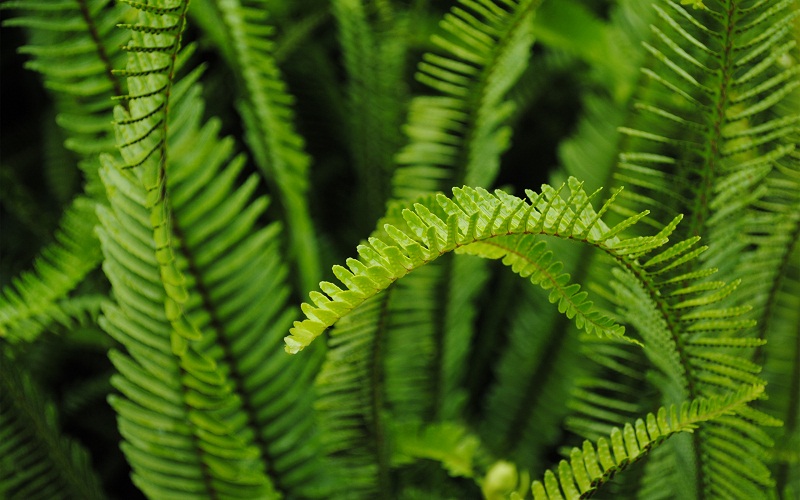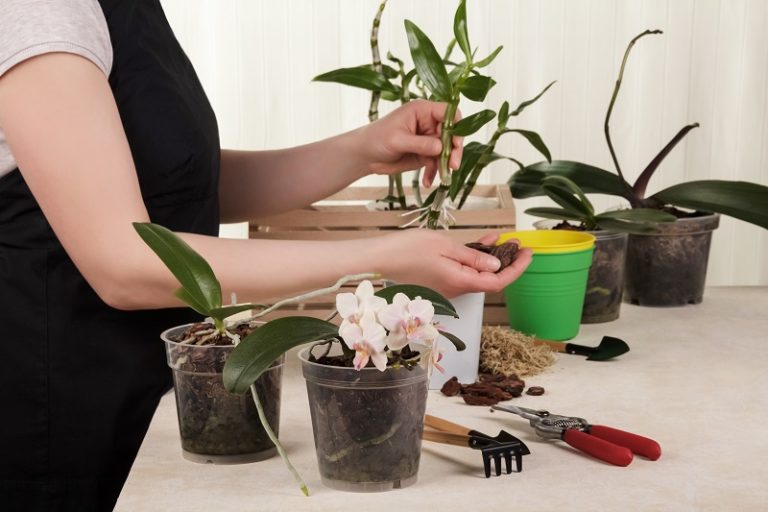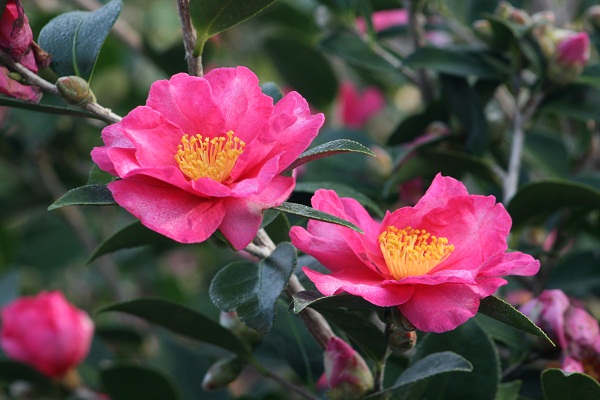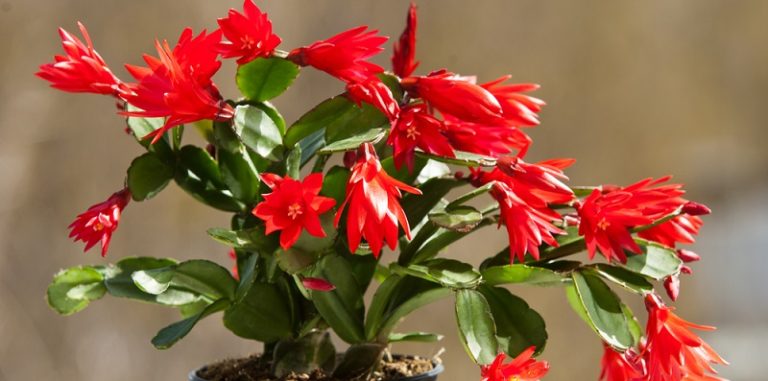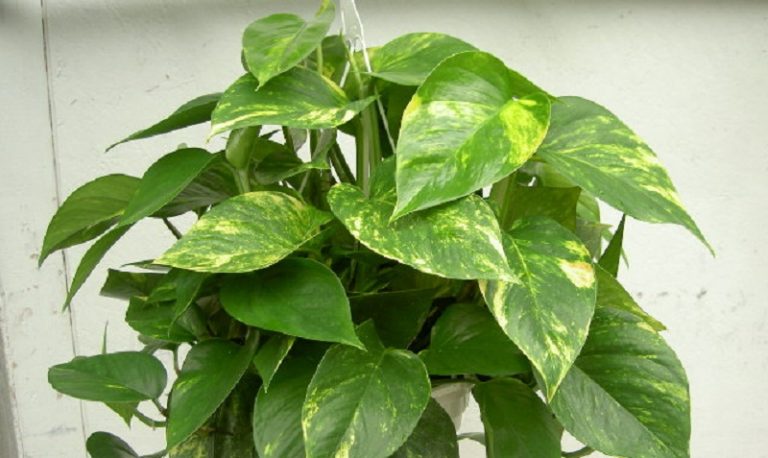Fern: care and reproduction
Ferns have been very popular since ancient times, and have always been present in our houses or apartments, and they have also been very often grown and propagated in greenhouses. The genus of ferns has more than 2 thousand species.
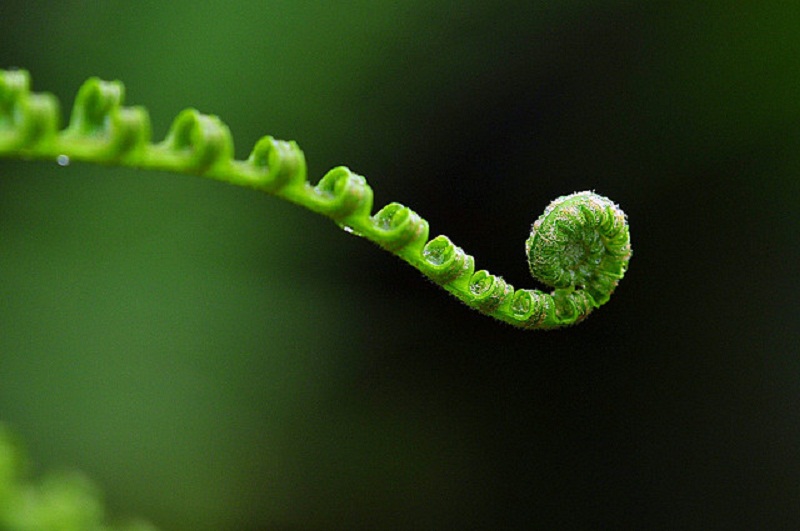
The fern is a perennial plant that grows in a rosette of leaves bent downwards, called fronds. But there are also ferns with solid leaf plates – lanceolate and with round small leaves.
Ferns are very resistant and survive in any natural conditions, but only some species feel good at home, namely: adiantum, neflorepis, pellia, plateau, asplenium.
Indoor ferns, like their relatives,growing in nature, are considered unpretentious plants. But in any conditions, they will not grow well and look beautiful. In the forest, ferns grow lush on sandy and peat soils without daily watering and in hot weather, without transplanting. But in an urban environment, even in good land, they can die, because ferns are a kind of indicators of the purity of the atmosphere. Ferns do not tolerate gas pollution and smoke very poorly, react negatively to dry air, in order for the fern to grow healthy, it needs access to fresh air.

How to care for a fern
Caring for a fern is not difficult if it is provided with the right conditions.
Light brightness for ferns
Ferns grow in the forest, so these plants do well in shade and semi-shade. But indoor types of nephrolepis still need bright diffused sunlight. The location of the fern in the house can be the corners opposite the windows or free spaces near the southwest window.
Air temperature for ferns
For ferns, a moderate temperature of +20 ° C is suitable, at night the temperature should drop to +15 ° C, but the air temperature should not be allowed to drop to + 10 ° C, because at such low temperatures the plant can freeze and die.

Watering and humidity for ferns
The earthen clod in the pot should not dry out. The soil should always be in a state of light moisture, but not waterlogged. And if you first dry out the earthen ball, and then water it abundantly, then you have every chance of rotting the roots of the fern. Therefore, the main thing in watering is regularity and moderation. Ferns need to be watered 2-3 times a week with settled or rainwater.
Air humidity should be moderate, in no case dry air (dry and dry air is detrimental to ferns). It is advisable to spray the fern 2 times a day.
Watch the video about indoor violet. Violet flowers are multi-colored, simple, double, wavy with a diameter of 2 to 4 cm.
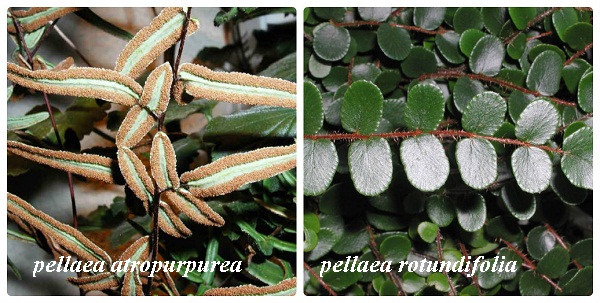
Transplanting and soil for ferns
Nephrolepis or other types of ferns can be transplanted every year in the spring by transshipment so as not to injure the roots. For transplanting, choose a pot 2-3 centimeters larger in diameter than the previous one. You need to add a fresh earthen mixture – it is better to do this at the beginning
Autumn transplantation will harm the fern: it will take root and hurt for a long time.
The composition of the soil mixture for ferns should include: peat, sod and leafy soil, humus (compost) and sand. The soil must be loose and permeable. Water should not stagnate in the pot, the roots of the fern will rot, and the plant will start to hurt and may die.
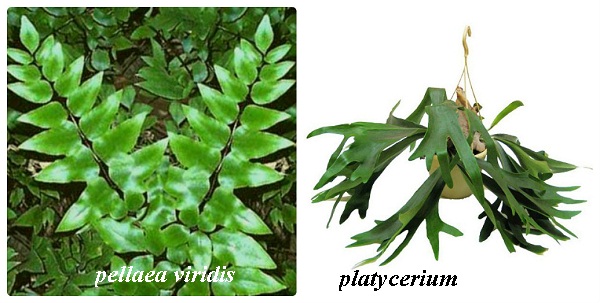
Fern fertilizer
The fern does not need frequent feeding, feed it every 2 weeks with a complex mineral fertilizer for deciduous plants. Reduce the dose of fertilizer by half as much as indicated in the instructions.
Fern propagation
The fern reproduces by dividing the bush and spores.
Diseases and pests of ferns
If the air in the house is too dry, aphids, thrips or scale insects can attack the fern. Improper care, namely improper watering, can cause various diseases and infections.
If the fern is properly cared for, it will not get sick.

